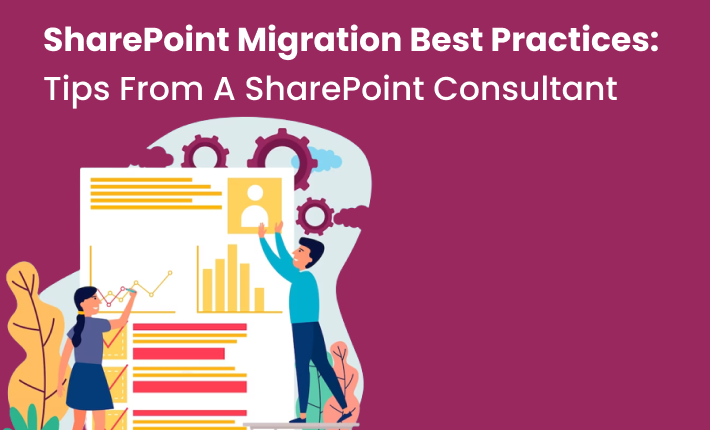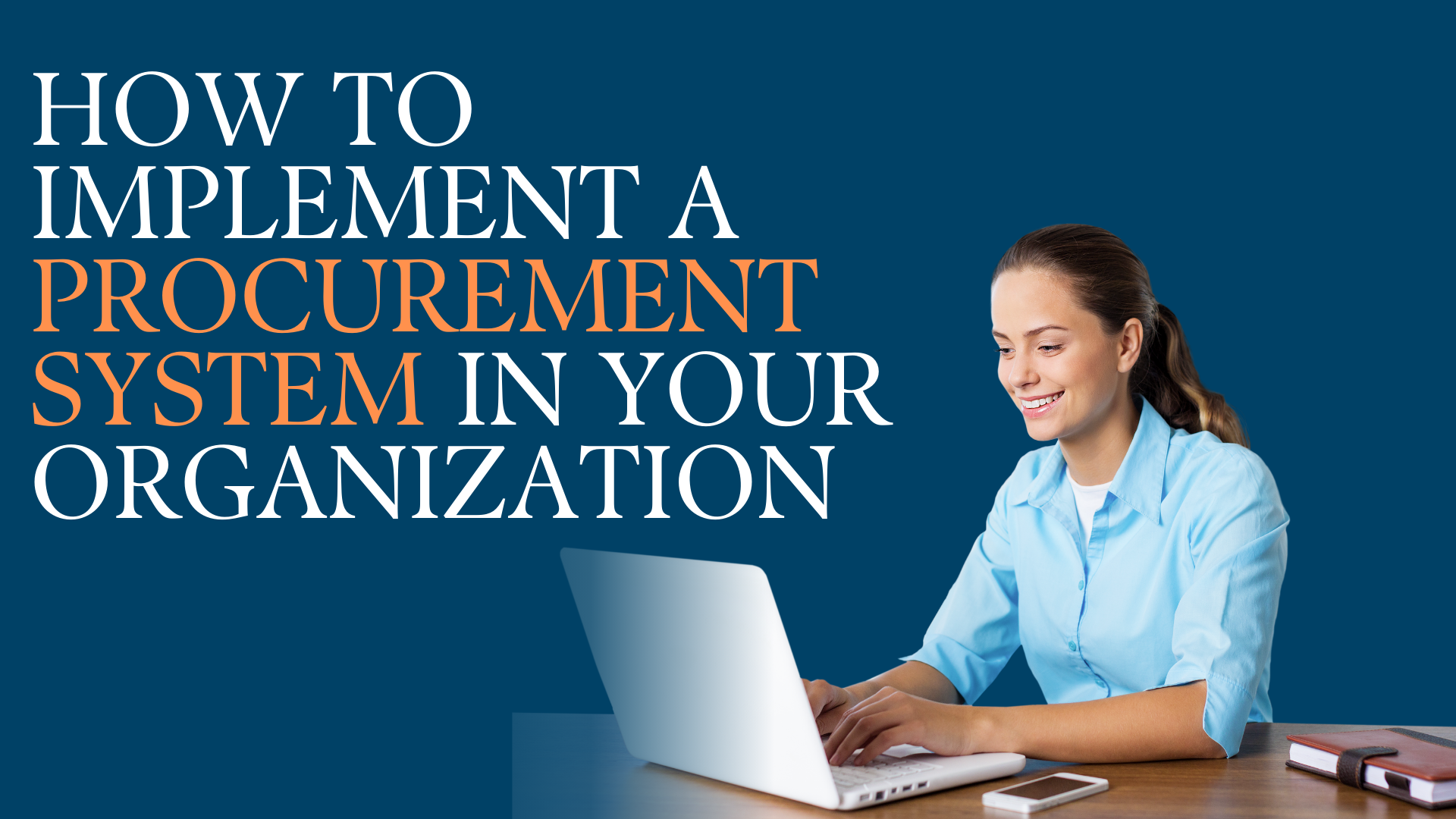What Is SharePoint Migration
SharePoint migration refers to the process of moving content and data from one SharePoint environment to another. This can include migrating from an older version of SharePoint to a newer version, or migrating from an on-premises SharePoint environment to a cloud-based SharePoint environment, such as SharePoint Online.
The migration process involves transferring all types of content and data, including documents, lists, libraries, workflows, permissions, and settings, from the source SharePoint environment to the target environment. This requires careful planning, preparation, and execution to ensure that the migration is completed successfully and that all content and data is transferred accurately and securely.
SharePoint migration is typically performed by organizations to improve collaboration, increase productivity, or reduce costs. For example, an organization may migrate to SharePoint Online to take advantage of its cloud-based features, such as greater accessibility and scalability, as well as to reduce infrastructure costs. Alternatively, an organization may migrate to a newer version of SharePoint to take advantage of its new features and improvements, such as enhanced mobile support or improved search capabilities.
8 Best Practices For SharePoint Migration
Migrating to SharePoint can be a challenging process, especially if you are moving from a legacy system or a different platform. However, with the right planning and preparation, a SharePoint migration can be a smooth and successful process. In this article, we will provide best practices and tips for a successful SharePoint migration, based on the experience of a SharePoint consultant.
1) Define Your Goals and Objectives
Before beginning a SharePoint migration, it is essential to define your goals and objectives. What are you hoping to achieve with the migration? Are you looking to improve collaboration, increase productivity, or reduce costs? Defining your goals and objectives will help guide the migration process and ensure that the end result aligns with your business needs.
2) Assess Your Current Environment
Before beginning a SharePoint migration, it is important to assess your current environment. This includes identifying the types of content you have, the size of your content database, the number of users, and the hardware configuration. This information will help you determine the scope of the migration and identify any potential challenges or issues.
3) Plan Your Migration Strategy
Once you have defined your goals and assessed your current environment, it is time to plan your migration strategy. This includes identifying the migration approach, such as a phased migration or a "big bang" migration, as well as the migration tools and techniques you will use. It is also important to establish a timeline and budget for the migration.
4) Perform a Trial Migration
Before performing the actual migration, it is recommended to perform a trial migration to a test environment. This will help identify any potential issues or challenges and allow you to test the migration process without impacting your production environment.
5) Prepare Your Users
Migrating to SharePoint can be a significant change for users, so it is important to prepare them for the transition. This includes providing training and support to ensure that users are comfortable with the new system and understand how to use it effectively.
6) Test and Validate
After performing the actual migration, it is important to test and validate the new environment. This includes testing the functionality, performance, and security of the new system to ensure that it meets your business needs and requirements.
7) Monitor and Maintain
Once the migration is complete, it is important to monitor and maintain the new environment. This includes performing regular backups, monitoring performance and usage, and addressing any issues or concerns that arise.
8) Consider a Partner or Consultant
Finally, it is recommended to consider working with a partner or consultant who has experience with SharePoint migrations. They can provide expertise and guidance throughout the migration process, as well as help address any technical or logistical challenges that may arise.
In conclusion, SharePoint migration can be a complex process, but with the right planning, preparation, and execution, it can be a successful and rewarding experience. By following these best practices and tips from a SharePoint consultant, you can ensure a smooth and successful migration to SharePoint.

















Post Comments